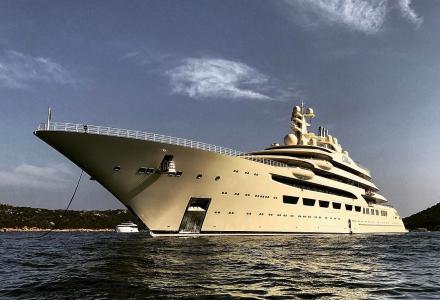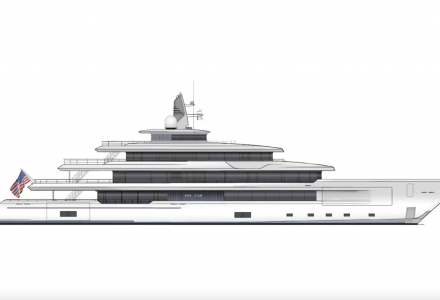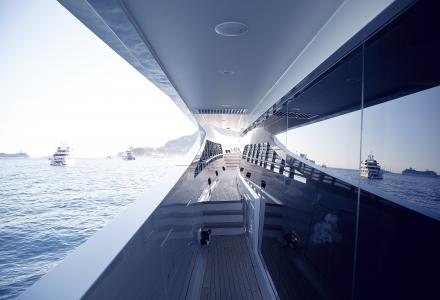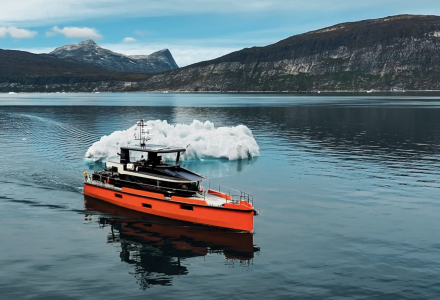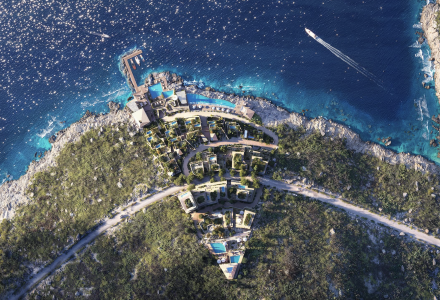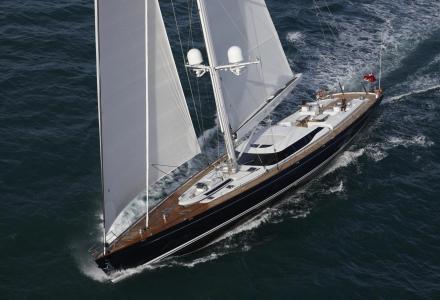Superyacht ownership is often viewed as one of the first expandable luxuries in difficult financial times. During the subprime crisis this led yacht prices to plummet and shipyards to collapse leaving some new builds unfinished.
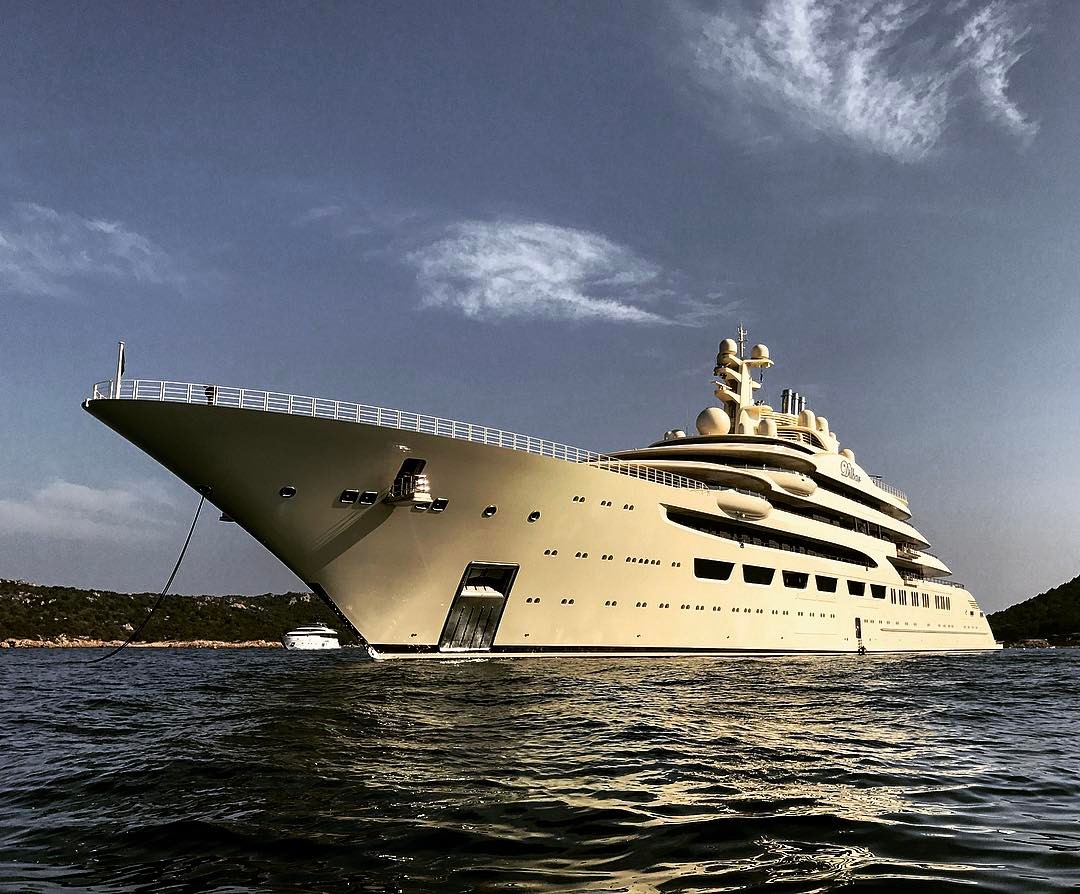
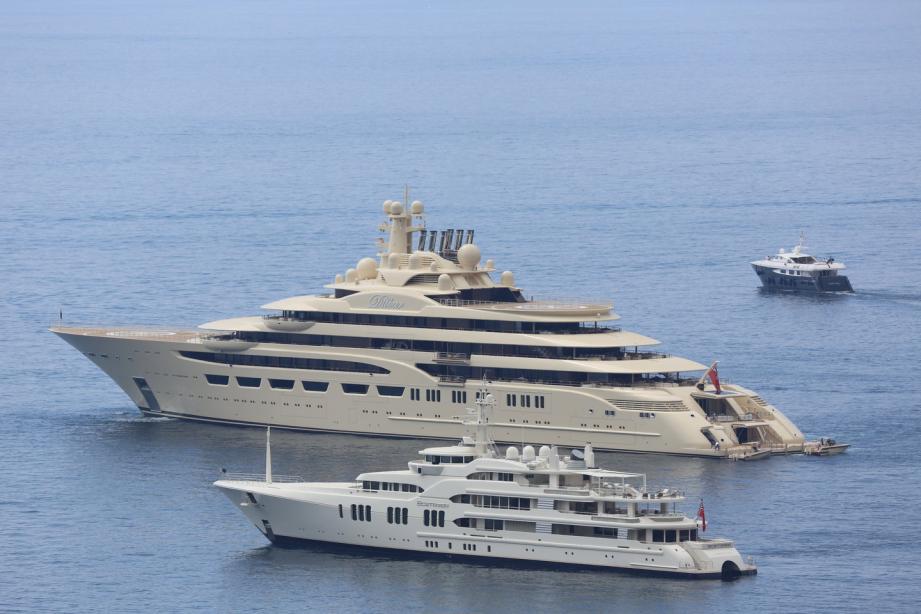
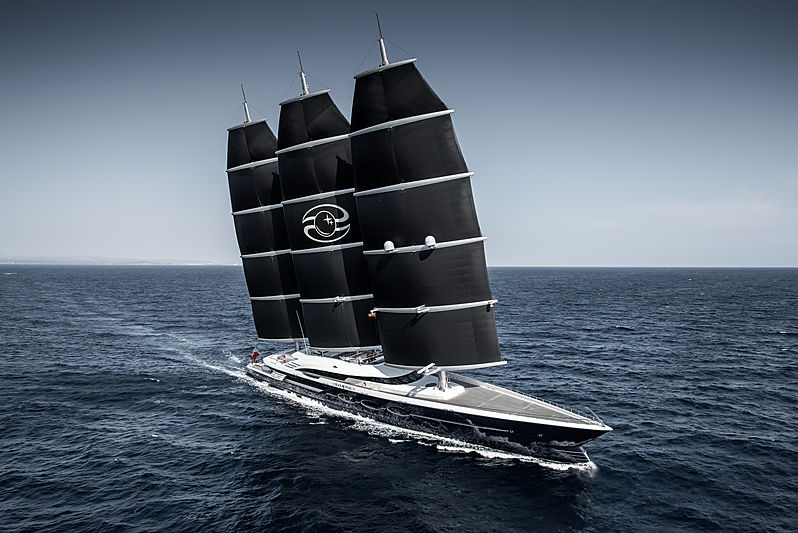
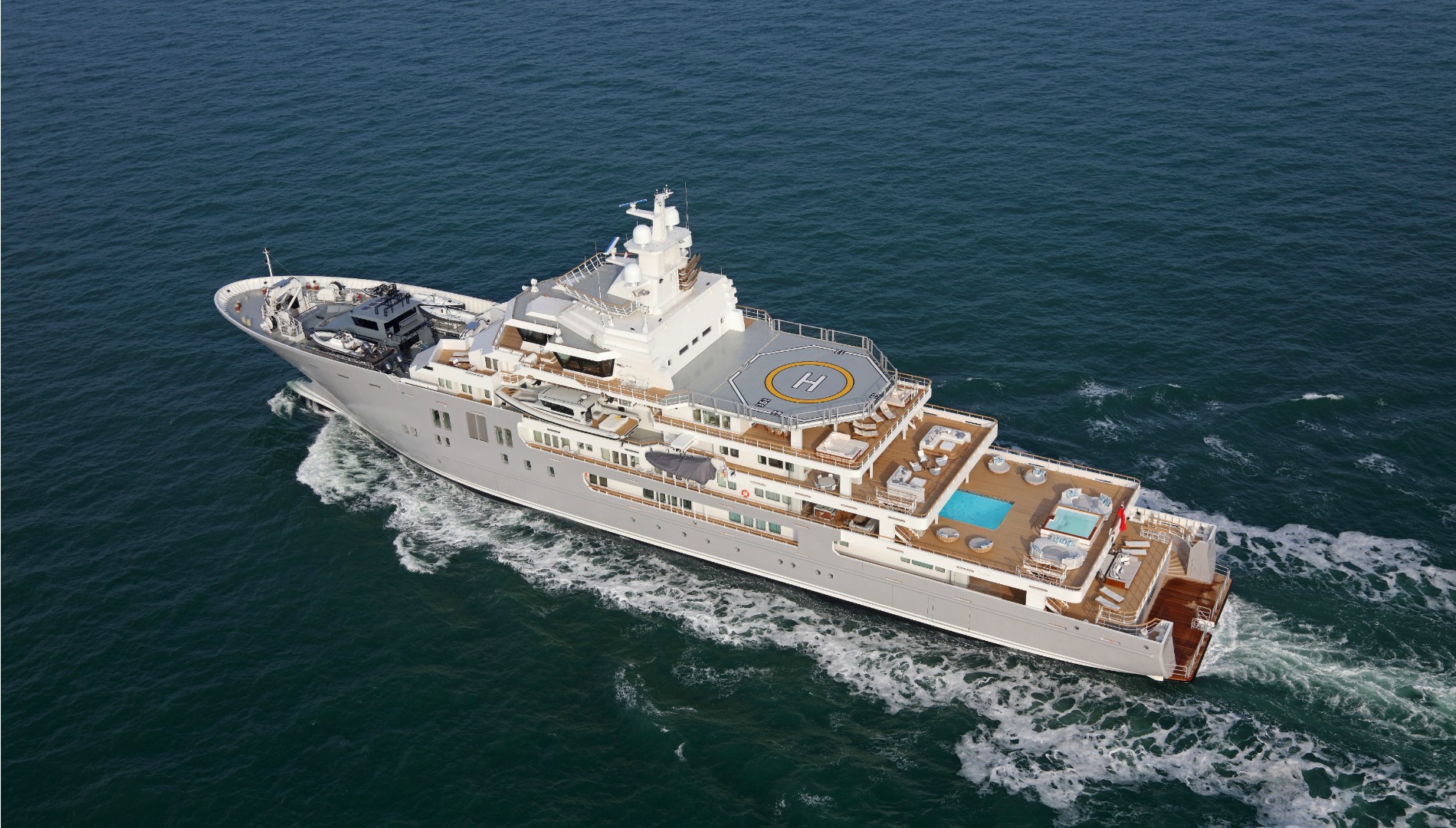
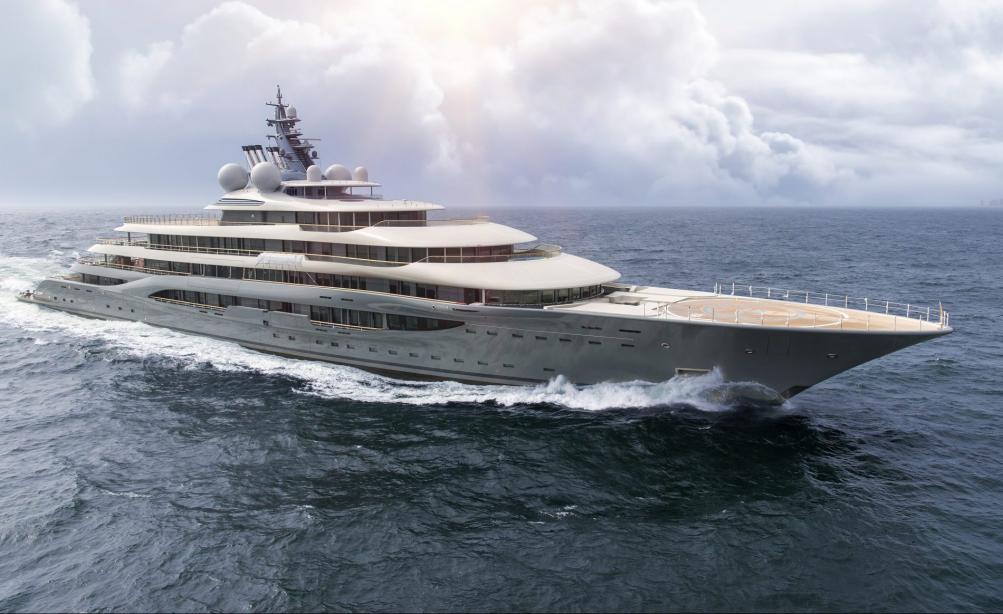
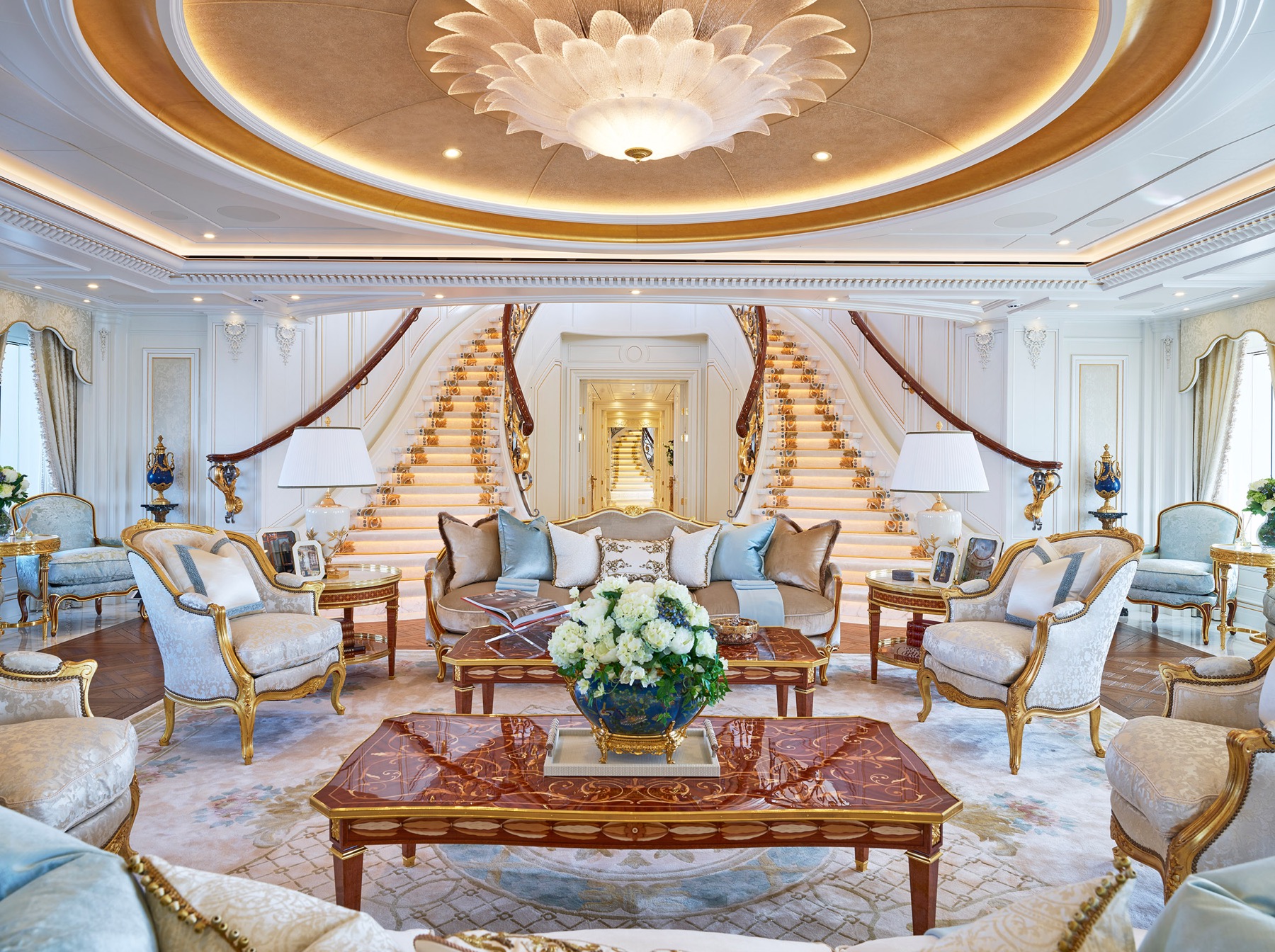
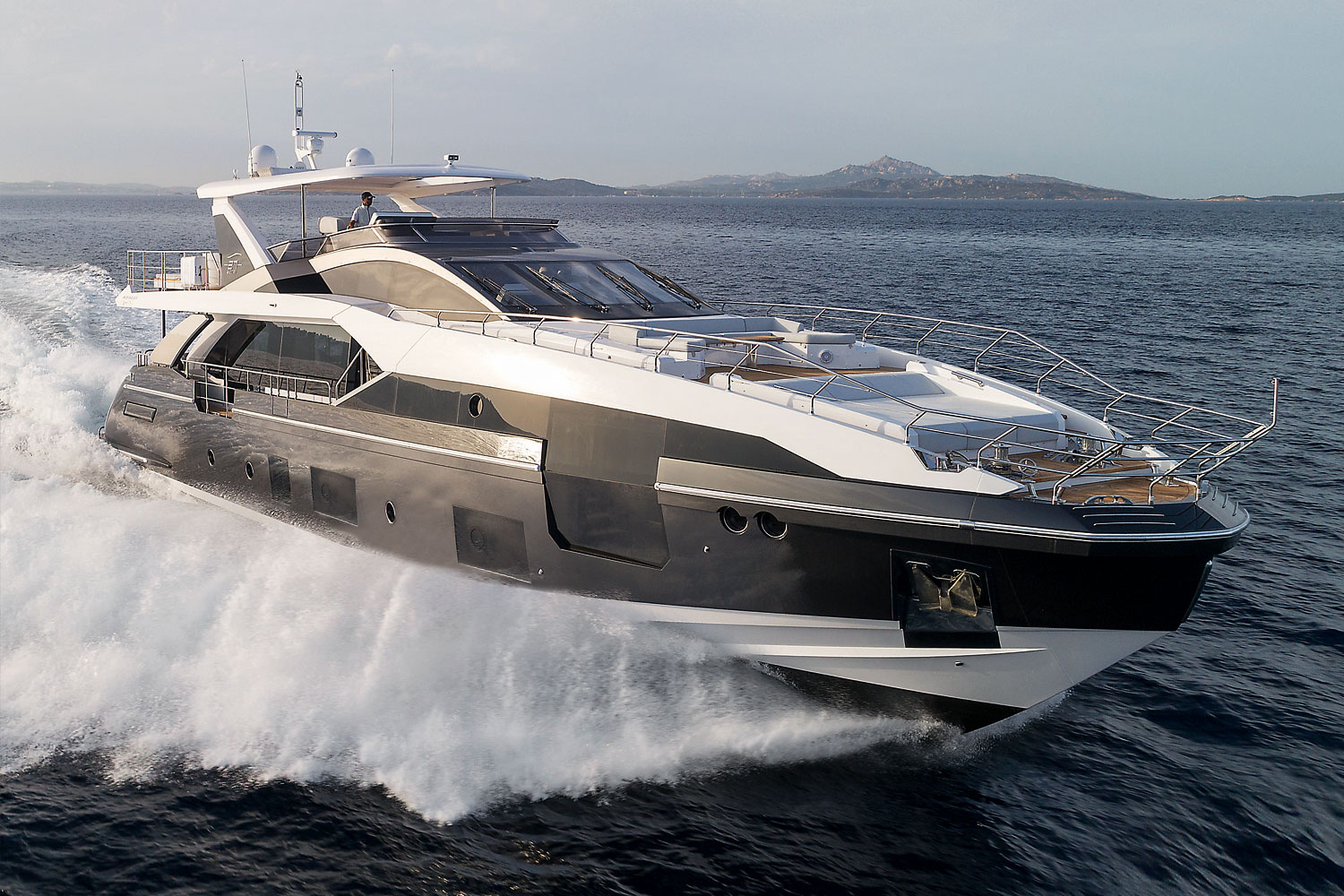
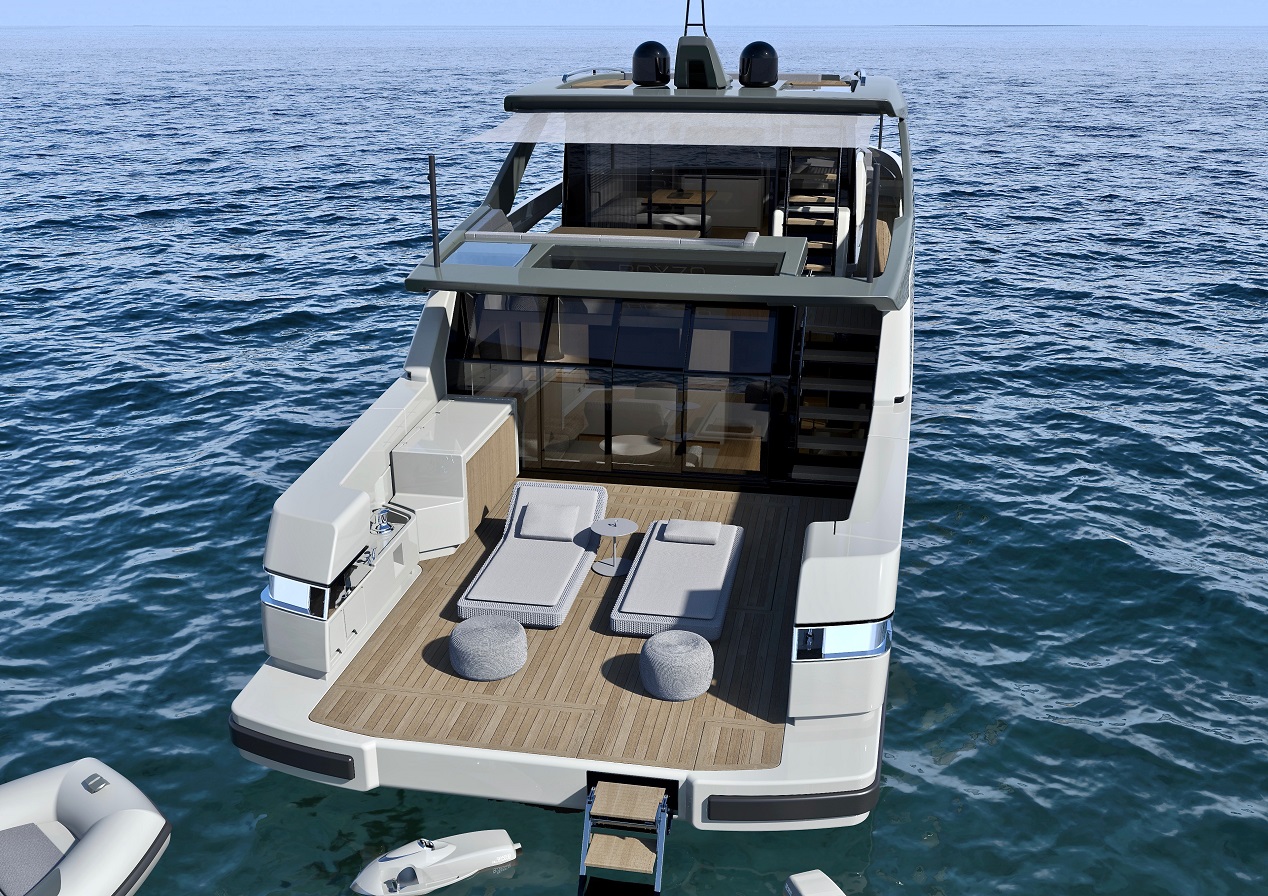
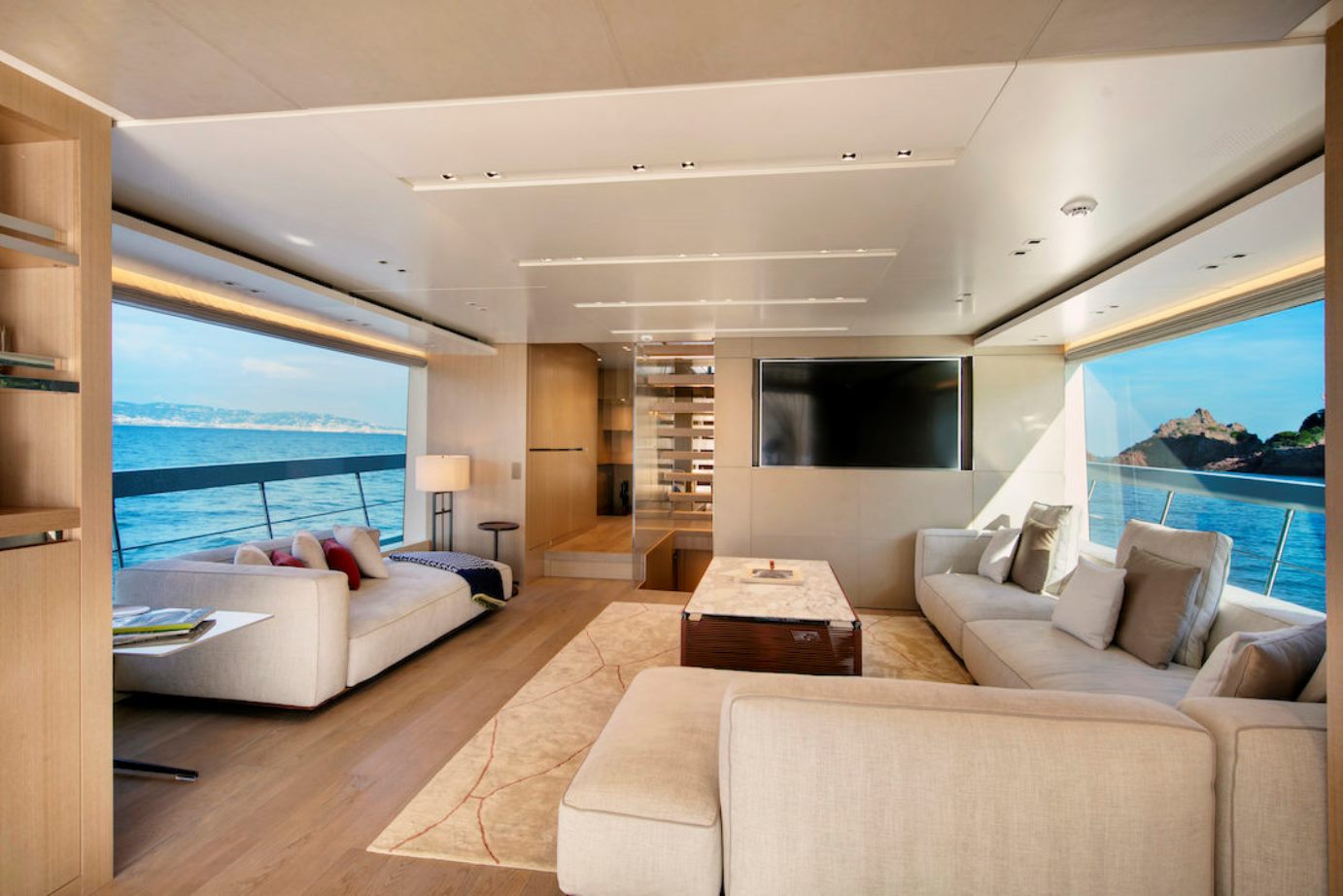
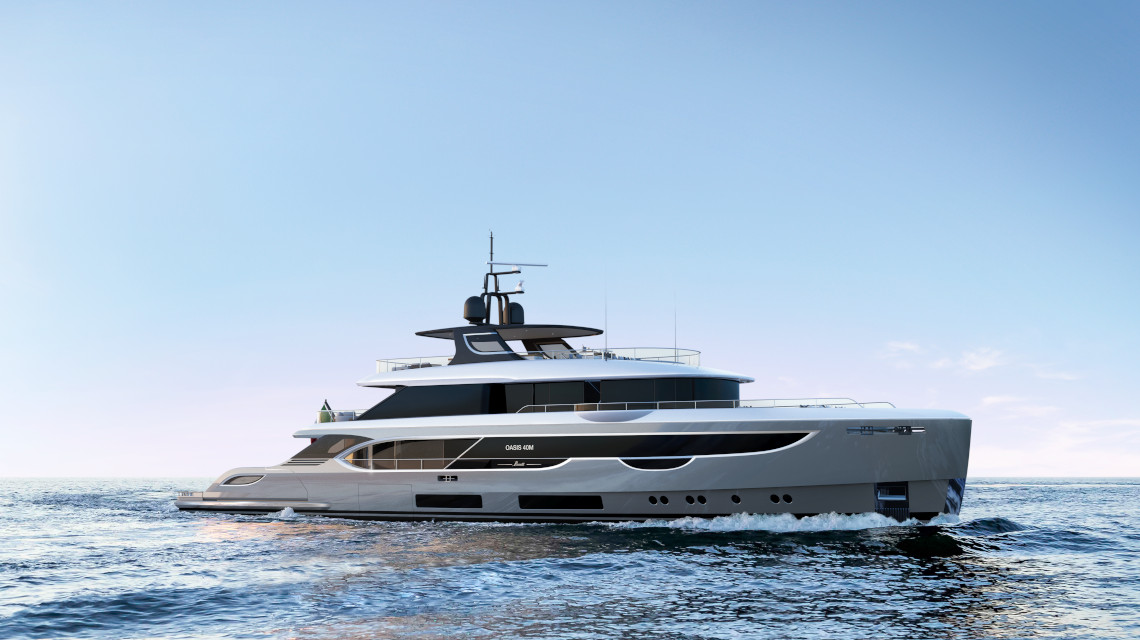
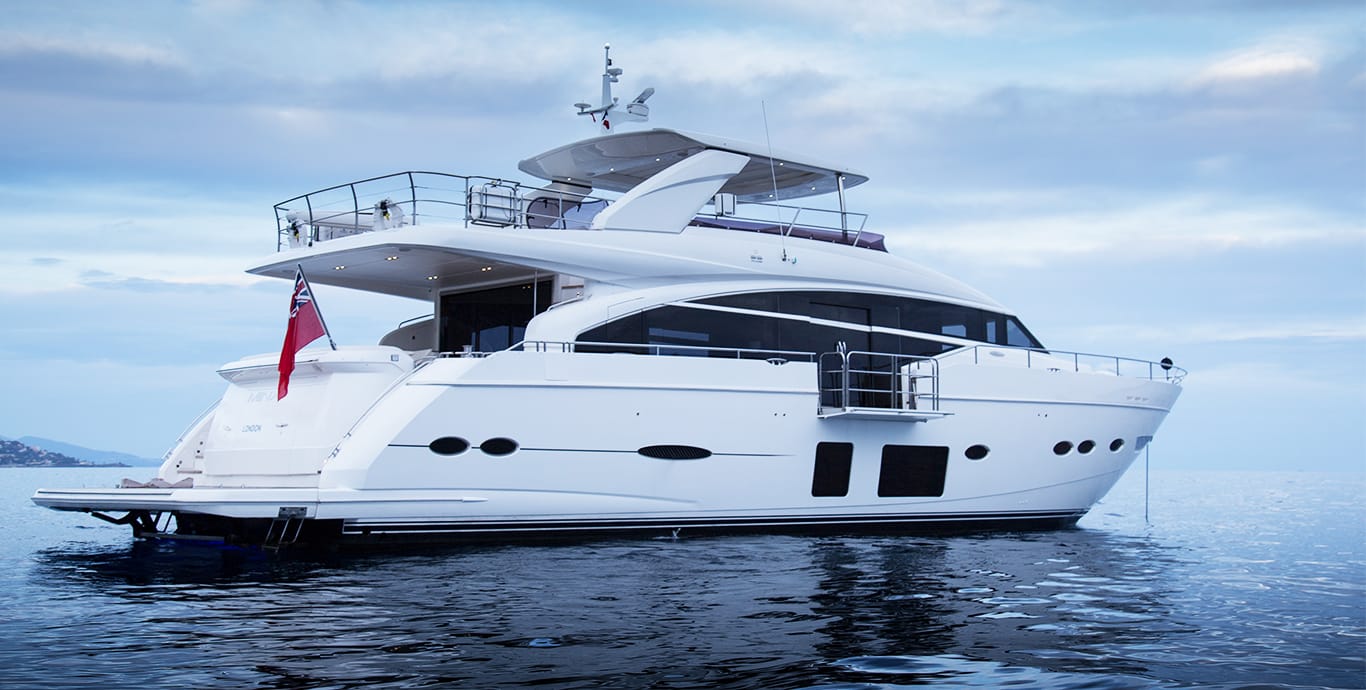
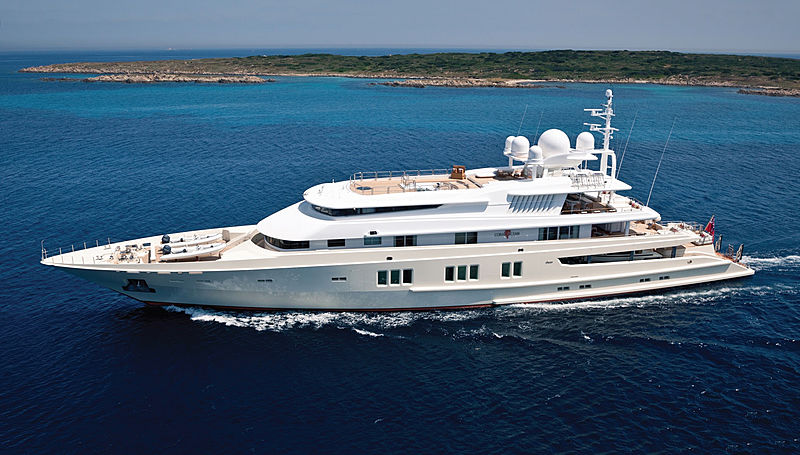
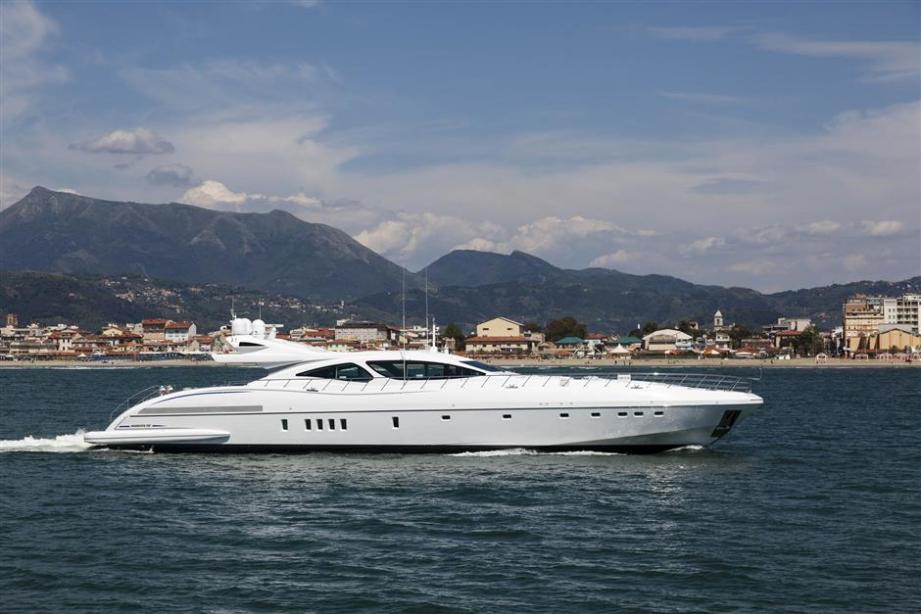
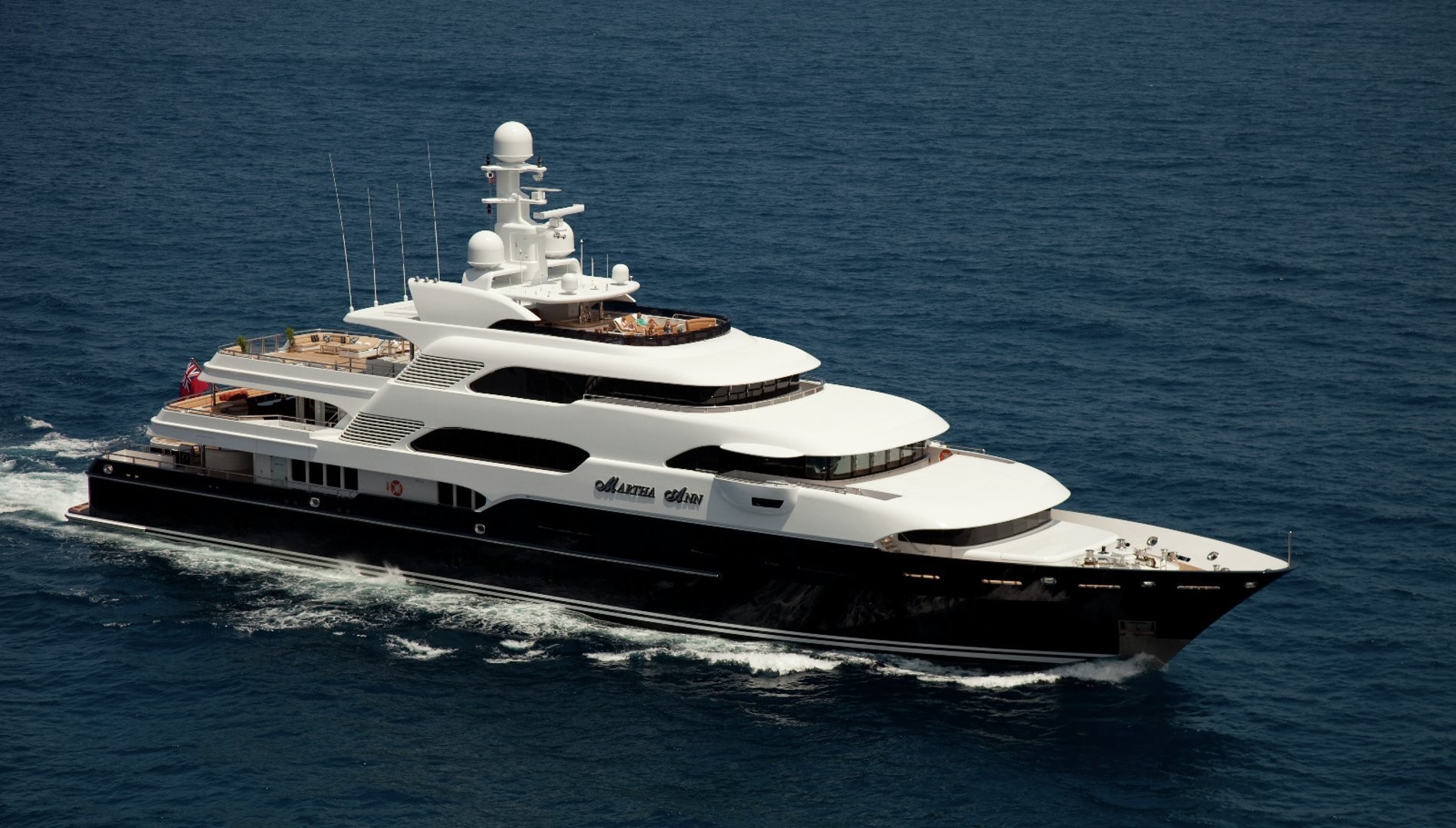
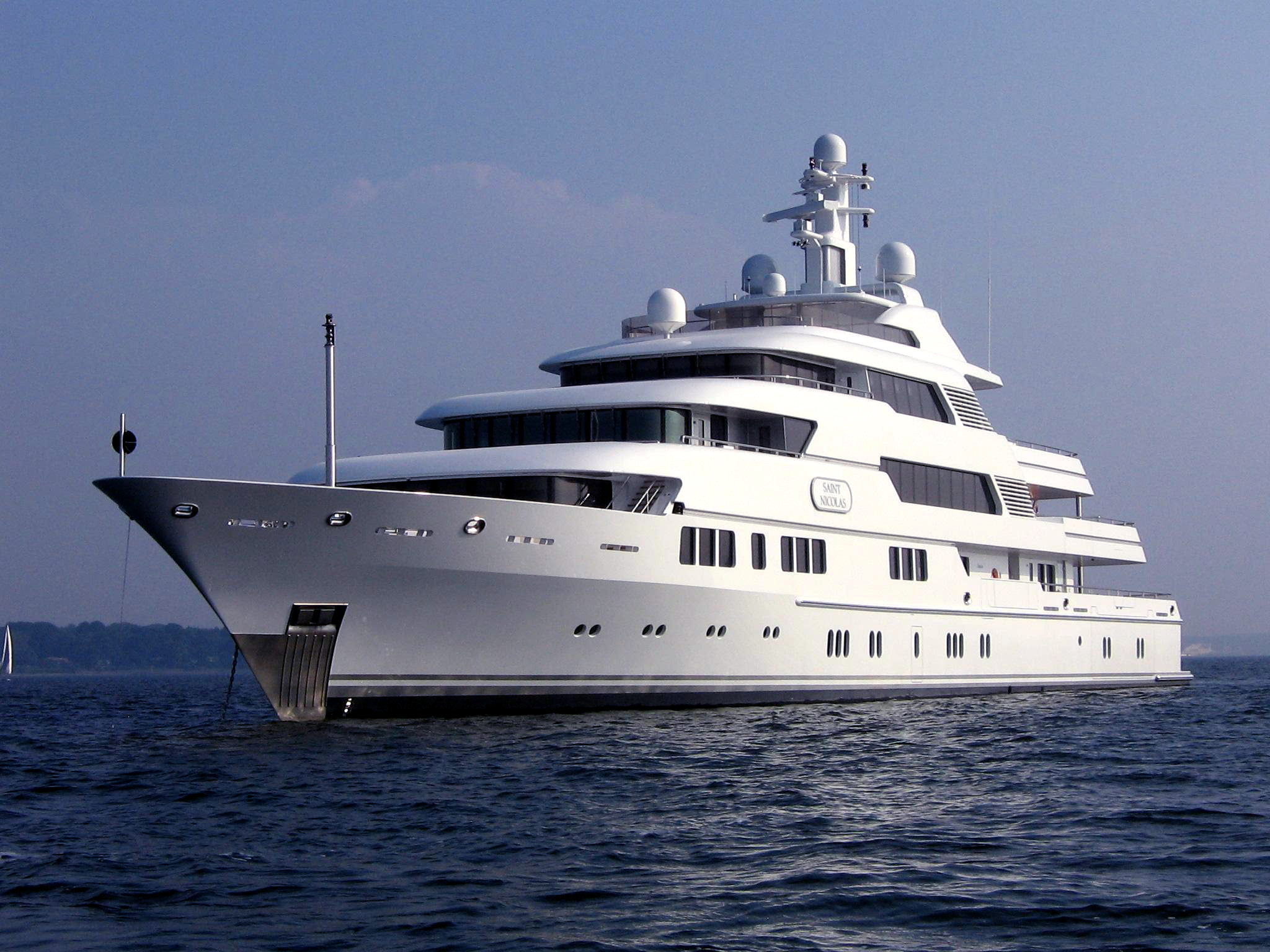
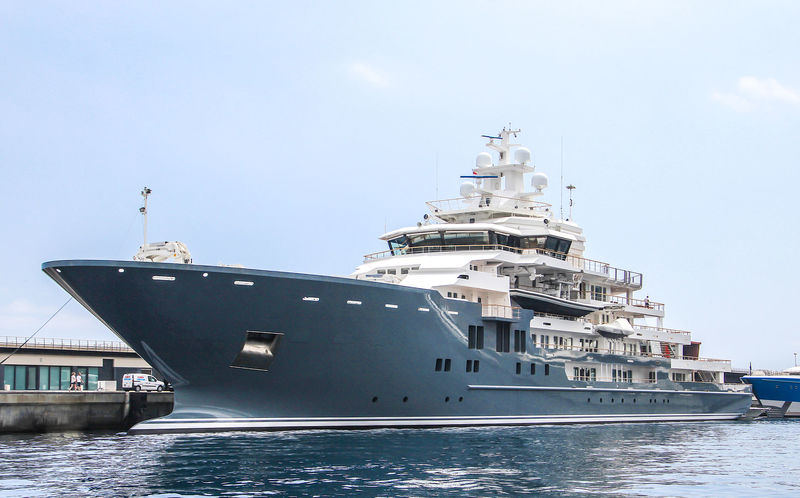
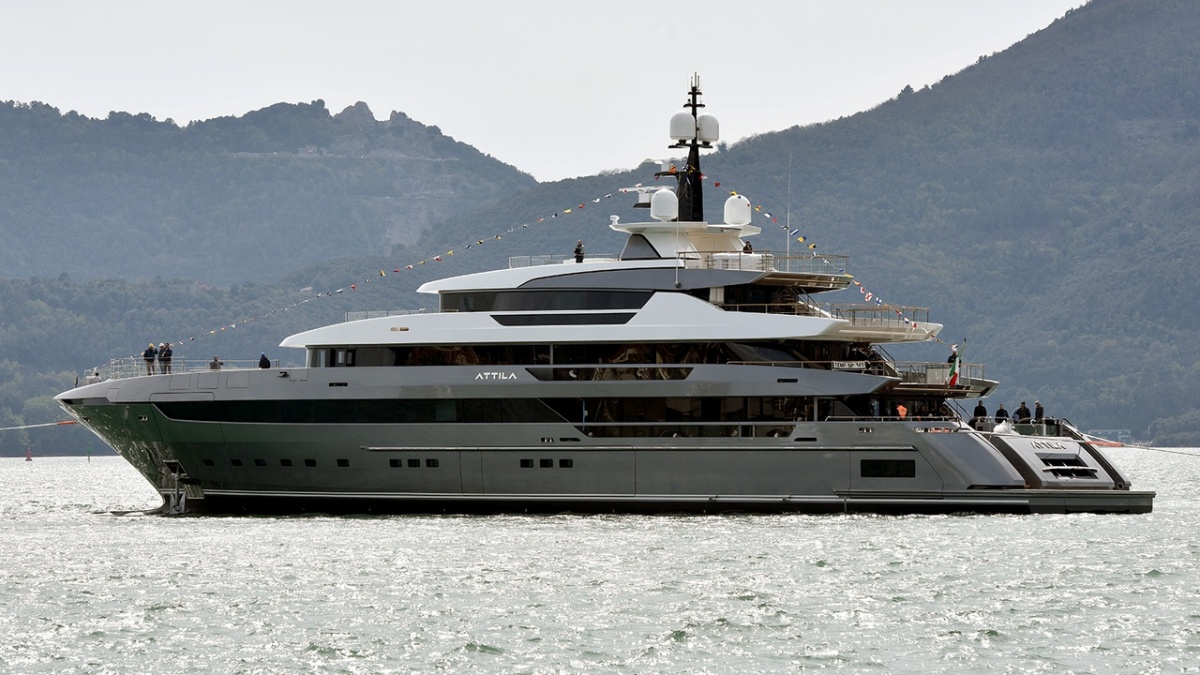
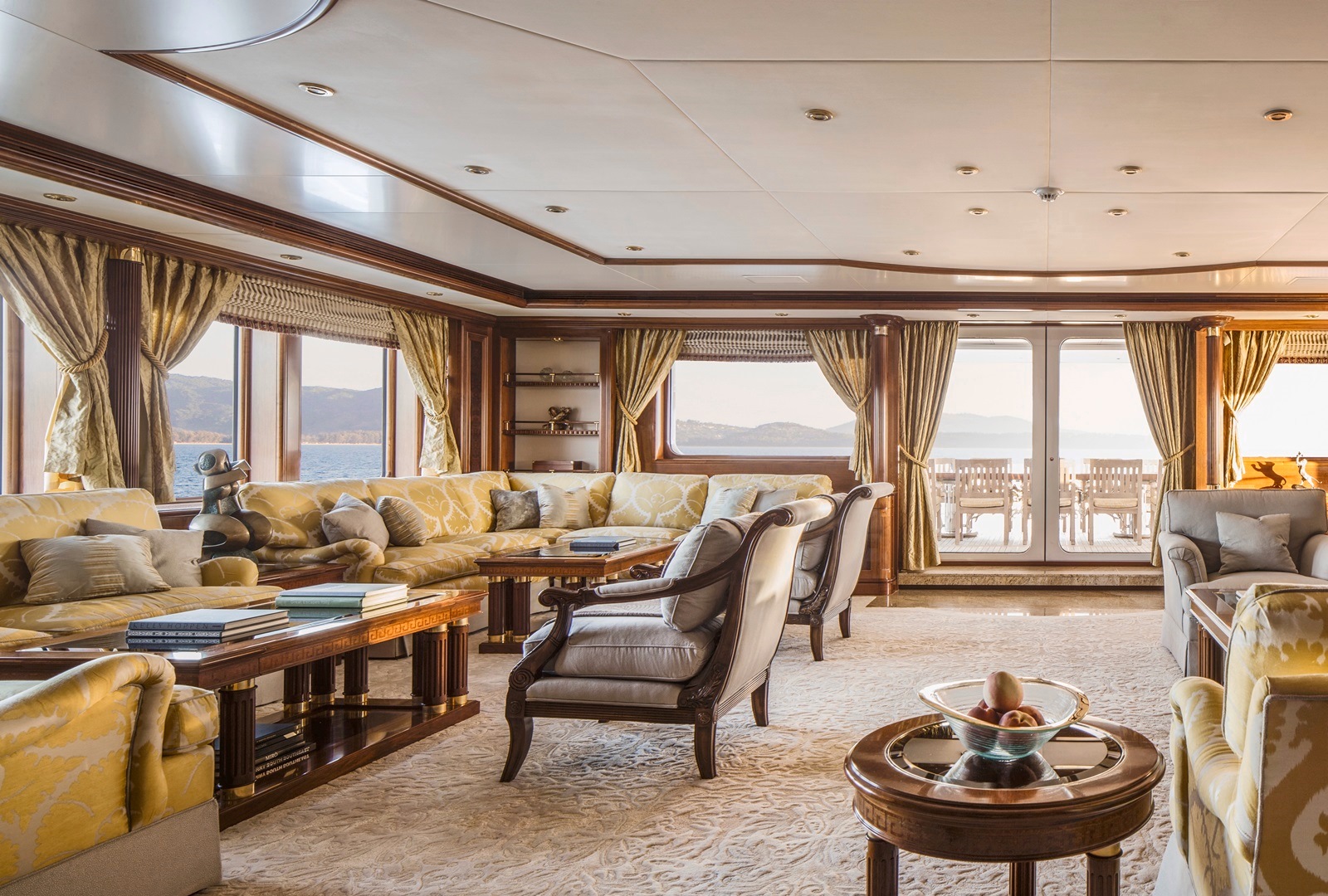
Whilst the US is experiencing its longest bull run in its market history, some UHNWIs have started to grow cautious, adopting a more defensive purchase behaviour. Yacht Harbour looks at how today's market is different from the pre-2008 structure and whether signals of a recession can also be seen in the superyacht industry.

Back in 2007, superyachts would be amongst the 100 largest in the world provided they were over 65 meters. A decade later, that metric has increased to 85 meters in length and almost doubled when looked upon in terms of gross tonnage.
During the mid-2000s, the 40-60 meter yacht space was indeed booming, with shipyards growing their order books every year. Demand was in fact so strong that speculators would buy a new build with the view of flipping it at a premium before it was delivered, a shorter delivery time commanding higher prices.
In 2008, this market dynamic collapsed as both orders for new builds were canceled and the brokerage market tanked, slashing prices by more than half for several years. Yachting, in general, subsisted after the crisis on the 2 remaining verticals, which continue to dominate today, ie megayachts and day boats.

There are now more than 50 yachts over 100 meters in length, double the amount that was on the water a decade ago. At an average construction value of $200 million, these 25 builds alone contributed over $500 million per year to the yachting industry.
This figure reflects solely building costs and increases greatly when taking into account yearly maintenance expenses. Yacht management companies alone yield close to $1 million per year off of these builds before even factoring in operational expenses.
Lurssen, first movers in this area, have continued producing a steady input of increasingly larger yachts throughout the past decade whilst maintaining a waiting list for new models. Chasing after this demand, other yards have started competing in the space such as Oceanco, Feadship, Nobiskrug and Benetti.

These new entrants have managed to pick up some landmark projects in recent years such as the 106-meter Black Pearl, largest sailing yacht in the world built at Oceanco for Oleg Bourlakov, or the 142.8-meter S/Y A, largest sail assisted yacht, built at Nobiskrug for Andrei Melnichenko.
Landmark motor yachts have also been delivered by this group such as the 109-meter Bravo Eugenia built by Oceanco for Dallas Cowboys' owner Jerry Jones or the 108-meter IJE delivered by Benetti in 2019 for Australian billionaire James Packer.
Demand in the new build market has also transpired into a strong megayacht brokerage market with a number of them changing hands in past years. Notably, both of Graeme Hart's explorer yachts built at Kleven have been sold in the past 2 years as well as Steve Wynn's 92-meter Feadship, Aquarius.

A growing fleet of megayachts has also led to there being more of them being available for charter. The largest of these has become the 136-meter Flying Fox, delivered by Lurssen in 2019 and presented at the Monaco Yacht Show.
This followed from a number of yachts over 100 meters becoming available for charter, such as Bernard Arnault's 101-meter Feadship, Symphony or Lurssen's 110-meter TIS, which chartered this summer at a rate of $2.2 million per week.
In turn, this new megayacht charter market, may have somewhat slowed demand for purchases in a space historically dominated by Middle Eastern, Russians and Americans that were building these yachts as it was the only way to previously access them.

A previously unseen number of megayachts is now up for sale, with it being unclear how this number of them can clear market and at what price. Amongst yachts currently up for sale in this range are the 110-meter TIS, being offered for sale by Lurssen as her initial owner couldn't take delivery but also the 126-meter Octopus, now on the market at €295 million following Paul Allen's death in late 2018.
Amadea, the 106-meter Lurssen delivered in 2016 and likely only yacht with a real, indoor fireplace, is also looking for a new owner. Steve Wynn's former yacht, the 92-meter Aquarius, Genting Group's 91-meter Tranquility and the Chinese 88-meter Illusion Plus are also up for grabs at the right price. Reports have also appeared of the 105-meter Lady Moura now being on the market.

In contrast to the megayacht space dominated by a specific clientele, day boats and yachts that require low yearly operational expenses have also been dominating marketshare amongst UHNWIs. Primarily between 20-30 meters in length, this class of yachts has exploded throughout the worldwide market propelling yards like Sanlorenzo to the public markets earlier this year with a €550 million market cap.
Often easier and less costly to manage with a crew of just 3-4 on average, this new generation of 20-30 meter yachts appeals to a broad spectrum of owners looking for day boats and short getaways without the hassle of the operations of a superyacht despite having the means to acquire one.
Dominated by Sanlorenzo, Azimut, Sunseeker and Princess, this sector differs from superyachts by offering clear line-ups of yachts and shorter delivery times. Despite their smaller sizes, prices on new builds in this range have however remained high.

Indeed new build prices for yachts such as the Azimut 27m Grande orbit near €4 million depending on options, whereas a 40-meter brokerage yacht could be purchased with the same budget. Yearly expenses for the 40-meter would, however, be nearly triple that of the 27-meter, providing yet another insight as to why the middle sizes in yachting have been struggling ever since 2008.
Reflecting this trend of UHNWIs choosing to opt for smaller yachts has also transpired in their design, which now includes large owners cabins and more open deck spaces than previously built models.
Another appeal of smaller yachts to this base has also become the ability to move from bay to bay faster with cruising speeds nearly double that of superyachts and the possibility to anchor closer to the shore.

This new breed of clients with the means for superyachts but who prefer the flexibility of smaller boats has transformed their use and layouts. As this group started asking for the functional of open day boats coupled with large spaces, series such as Sanlorenzo's Bluegame have been created.
These focus almost entirely on outdoor and entertainment space, minimising the importance of dinning areas and large cabins. Aimed at owners that only spend the day at sea and then retreat to villas overnight, these yachts look vastly different from what was seen in this size range before.
Another one of the common features of yachts in this new range are oversized tender and watersport facilities for the size of the vessels, highlighting interests of a new generation of owners.

Following after this trend, its key players have seen their valuations skyrocket compared to those stuck in the middle. Sanlorenzo, the Italian yard most active in the sub 30-meter range, has gone public earlier this December with a market cap of €550 million and revenues of €355 million in 2018.
On the private side, Sunseeker was acquired for £320 million in 2013 by Chinese conglomerate Dalian Wanda. Princess Yachts was saved in 2008 by French giant LVMH, in a deal that valued the British yacht manufacturer at over €200 million.
Seeing both ends of the board, LVMH later made a move to acquire Royal Van Lent, part of Feadship, in a deal that analysts valued at near €400 million. The only other company to play in both 20-30 meters and megayachts is the Azimut-Benetti Group, owned by the Vitelli family, which posted a production value of €900 million in 2019, up 10% year on year.

The simultaneous growth of the megayacht segment and the 20-30 meter space, coupled with a strong slowdown in everything in the middle, has led to a dominant consolidation in the superyacht space. Over 63% of yacht gross tonnage is now delivered by just 10 shipyards, which are either in the megayacht range, dayboat range or both.
This is mainly due to yards that had focused on 40-60 meter yachts closing or greatly lowering production due to a collapse in demand and very slow recovery. In fact, only in the past few quarters has demand for this range started to slightly pick up, primarily pushed by larger yachts versions of 20-30 meter models out of those yards.
On top of that, banks are now wary of financing yachts and especially shipyards post the events of 2008, which led yards like Baglietto to have over €100 million in negative equity. Financing for businesses in yachting now largely comes from UHNWIs that have decided to actively participate in the market.

Some of them have stepped in to acquire shipyards such as Malaysia's Genting Group that acquired Wider Yachts after its owner first buying a yacht from them. At a larger scale, Mohammed Al Barwani, an Omani billionaire acquired Oceanco in 2010, transforming it into the powerhouse it is today.
Most of the top players in yachting in fact now have strong financial power behind them, which allows them to be less reliant on credit lines from banks, whether it is LVMH's Princess or Dalian Wanda's Sunseeker amongst others.
The same can be said not only for yards but also the businesses on the service end of the market. Camper & Nicholsons, one of the leading yacht brokerages, was acquired by both Fincantieri and the Lai Sun Group in 2014. Earlier this year, Fraser Yachts was acquired by MarineMax, a public US company. Even new companies are now being set up by owners such as Ahoy Club, created by Australian, Ian Malouf owner of both the 54-meter Mischief and 72-meter Coral Ocean.

Whilst all of these trends may appear unusual for the sector when looked at over the past few years, in reality these have all happened before in times that were closely followed by economic recessions.
Indeed in 2008, one of the most high profile bankruptcies became Rodriguez Group. A yachting powerhouse in its heyday, the group was mostly known for its distribution of the Mangusta line of yachts. These appealed to a broad base of younger clients through their speeds and relatively low overhead thanks to low crew count.
Over a hundred of them were built throughout the 2000s, until demand for them rapidly collapsed following the subprime crisis. The brokerage market on them soon tanked as well, cutting their resale value in half over the course of weeks. Smaller Mangustas still trade on the brokerage market today for well under $1 million.

Rodriguez Group's tale seems to have close parallels to the hyper growth of the 20-30 meter market today, albeit with less of a focus on speed and more on ease of use. Whilst emblematic of the times, Rodriguez Group was far from alone in this predicament at the time with shipyards Princess and Sunseeker under pressure and ultimately sold to alleviate financial pressure on their production line.
Although slightly smaller in size, megayachts have also started appearing with increasing frequency slightly before the economic pullback. Despite the recession, however, these clients were able to complete their builds for the most part thanks to larger ressources than average yacht buyers which maintained that market segment.
After a growth period in 20-30 meters and megayachts, what came even closer to the recession was a short period of yacht flipping and strong demand for mid-sized superyachts.

In 2006 and 2007, demand for superyachts was so strong that an already built yacht was considered more valuable than a new build as it didn't require any waiting period. It wasn't long before entrepreneurs with deep pockets realised money could be made from the arbitrage of ordering a yacht and flipping it whilst still in build to impatient buyers.
Others, realised this method could yield even greater results if ordering multiple yachts at the same time from a shipyard to gain group discounts. Perhaps the most noticeable of these projects was one led by real estate developer Warren E Halle.
In 2003, Halle's company ordered a 67-meter Lurssen, now named Apoise, which he sold in 2006 for €65 million to Canadian entrepreneur David Ritchie. The year prior, he had ordered another 2 yachts of similar size, all for €48 million a piece. In 2008, he sold one of them, St Nicholas for €71.500.000, keeping the 3rd yacht for himself as a profit.

The arbitrage opportunity disappeared in a matter of weeks when the market turned in 2008 and remained a myth in yachting for years. Today, however, we are starting to see similar yacht flipping patterns we had a decade ago.
Graeme Hart, richest man in New Zealand, ordered 2 explorer yachts from Kleven, which were delivered in 2017 and 2018, both named Ulysses. The first, 107-meter one was sold a year following her delivery and renamed Andromeda by her new owner. The second was sold in 2019 and is still named Ulysses. A buy and sell pattern that perfectly follows yacht flipping techniques we've seen before.
As another echo of pre-recession times, some UHNWIs have returned to the market with the idea of buying and operating a yacht as a profitable charter business, which markets have proven simply doesn't work with current economics. Even if operating costs can be covered through very active charter yachts, CAPEX could never be recuperated except for a few odd years of economic anomalies.

The 40-60 meter yacht market, last one to start growing before a recession kicks off, has also recently started picking up as owners look for yachts to upgrade to with growing disposable incomes. Indeed if a few years earlier, yachts in this range were expected to trade at 30-40% under asking price, this gap has shrunk to closer to 25-30% in recent quarters Timeline analytics show.
Yards known for 20-30 meter yachts primarily, are also expanding their ranges to 40-60 meters to retain clients that want to move up in size. For example, Sanlorenzo, which for decades focused on 20-30 meter yachts, has delivered earlier this year their newest flagship, the 64-meter Attila.
Whereas a recession doesn't appear like a certainty yet, many factors within yachting do seem to point towards what historically have been recession signals. These seem to go together with broader market warning signals amidst trade wars and increased protectionism from key countries.

Should another recession be around the corner, it is however unclear if its effects on yachting will be similar to the near destruction that occurred in 2008. Key players in yachting now nearly all have deep financial pockets behind them that can afford to stomach defaults on receivables and drops in production volumes for periods of time.
This is opposed to 2008 when many yards and businesses were independently-owned and relied on strong bank financing and demand to keep their operations going which had low margins despite a period of strong demand.
Despite deeper pockets, less is now dependent on yards in costs of production, as these are being driven up by increasingly costly interior design finishing costs. Indeed as most of these suppliers were consolidated into larger groups, these drove up pricing in-line with luxury furniture costs on land, which drove up production costs for yachts.

The worldwide yacht fleet is now also larger than ever. In the event of an economic slowdown, it is unclear who, if anyone, will be willing to purchase less fashionable and older yachts to keep them operational given high yearly costs. This is especially troubling for GRP yachts, which can't be utilised as steel or aluminium can for parts.
Private aviation had previously undergone this transition, with older Learjet aircrafts in the US no longer interesting for owners to operate despite acquisition costs in the tens of thousands of dollars. Ultimately most of these aircrafts were left abandoned, some transferred to museums in small cities.
Regardless of whether a recession happens, it appears however self-evident that on its current trajectory, the yachting space is set for further consolidation. Should a recession occur, this path would likely only be accelerated with cheaper M&A.
